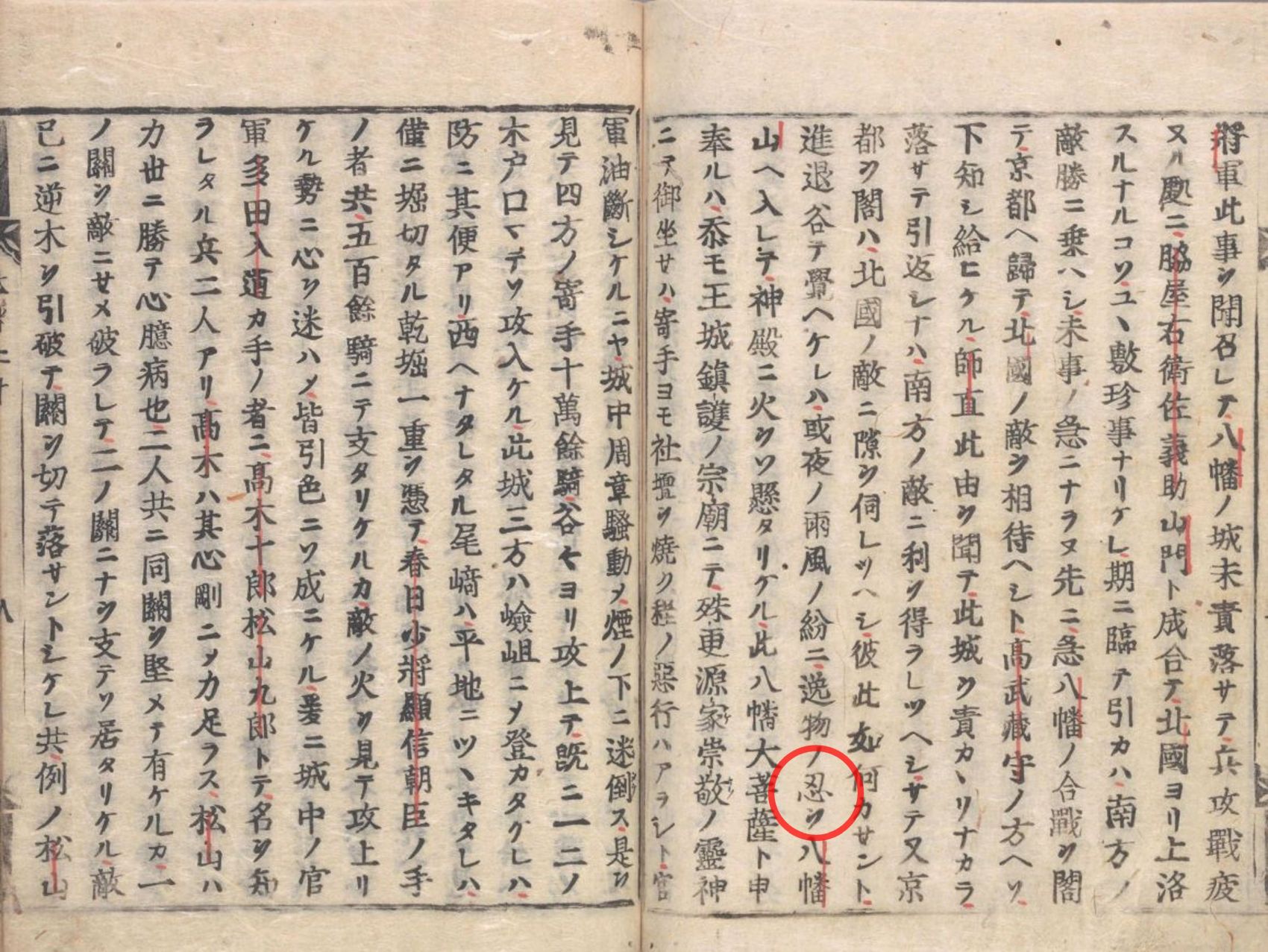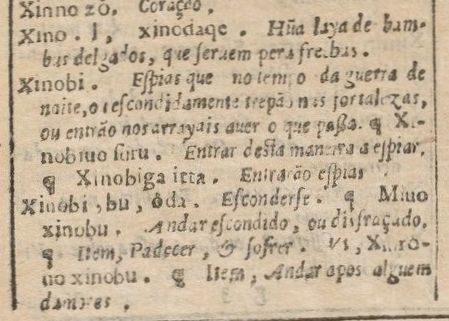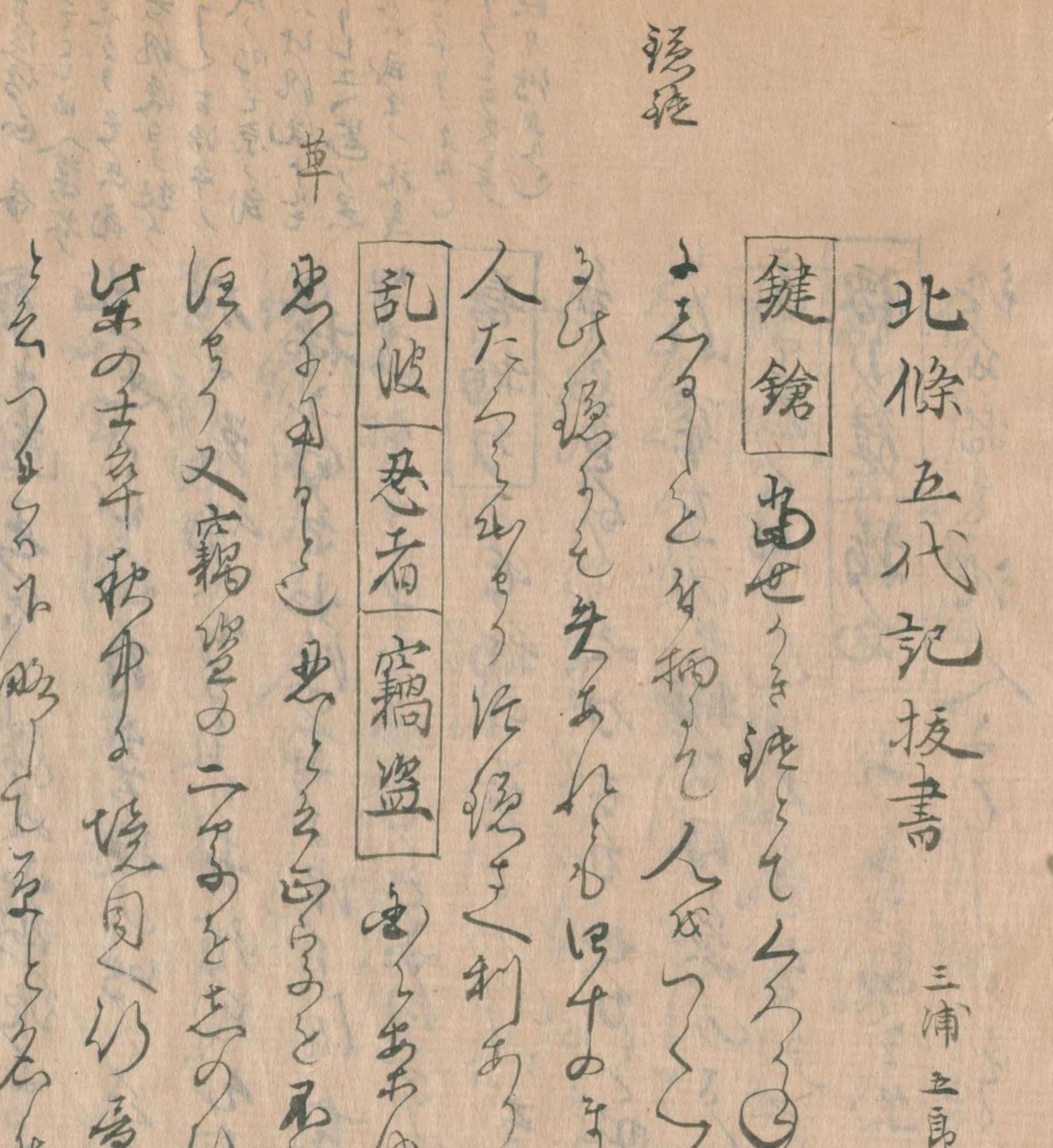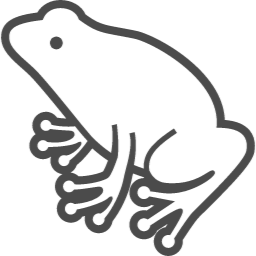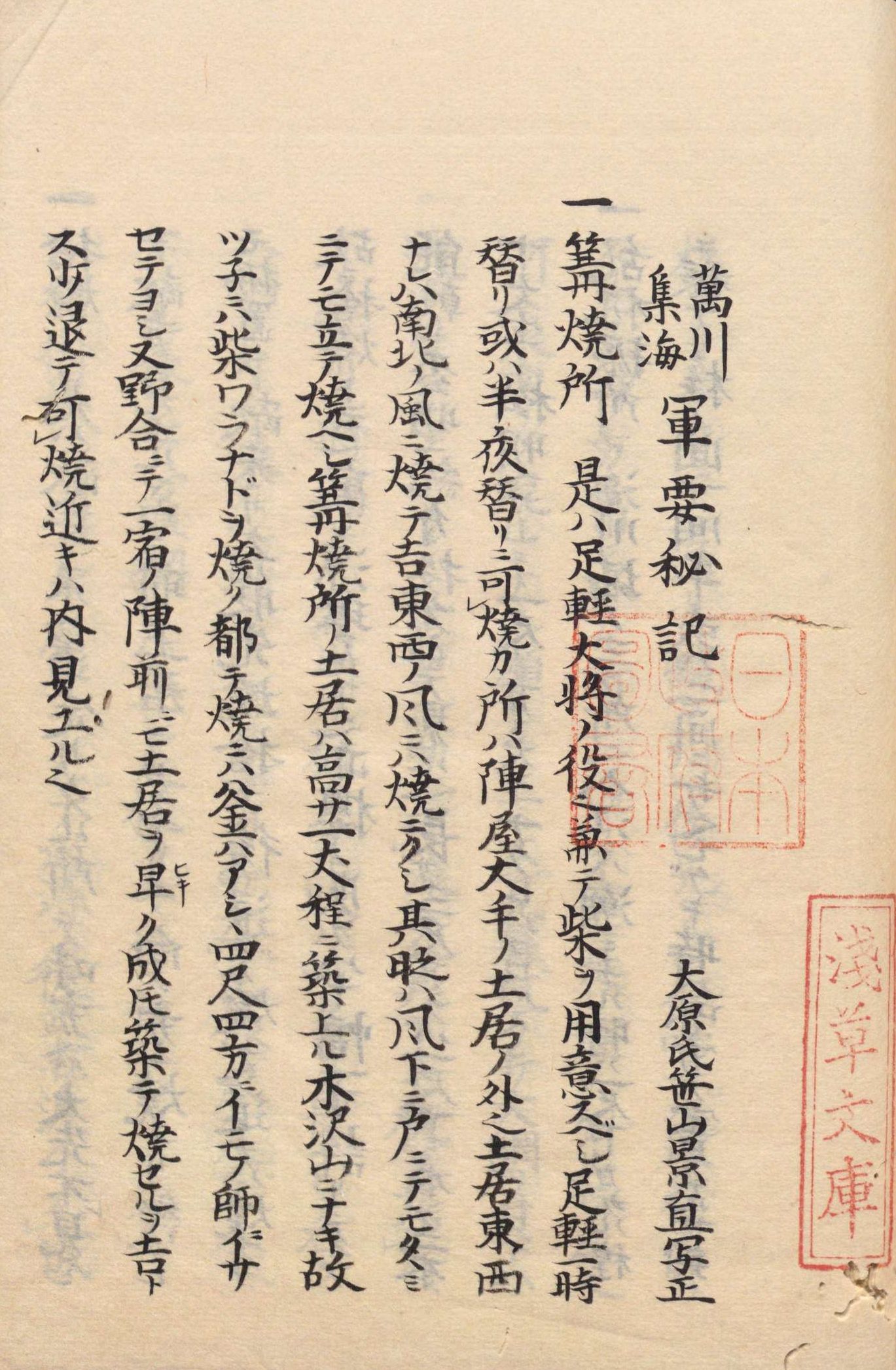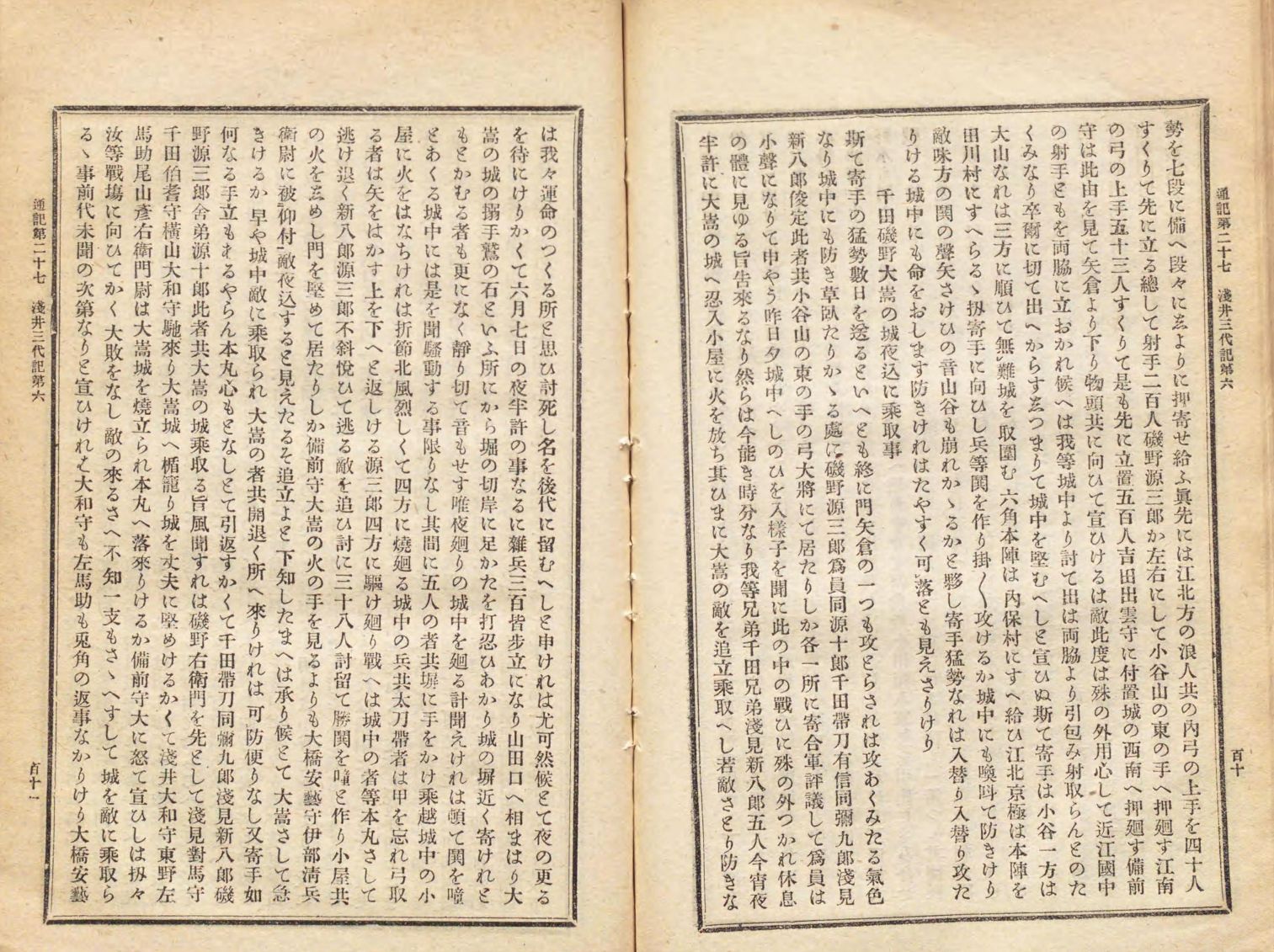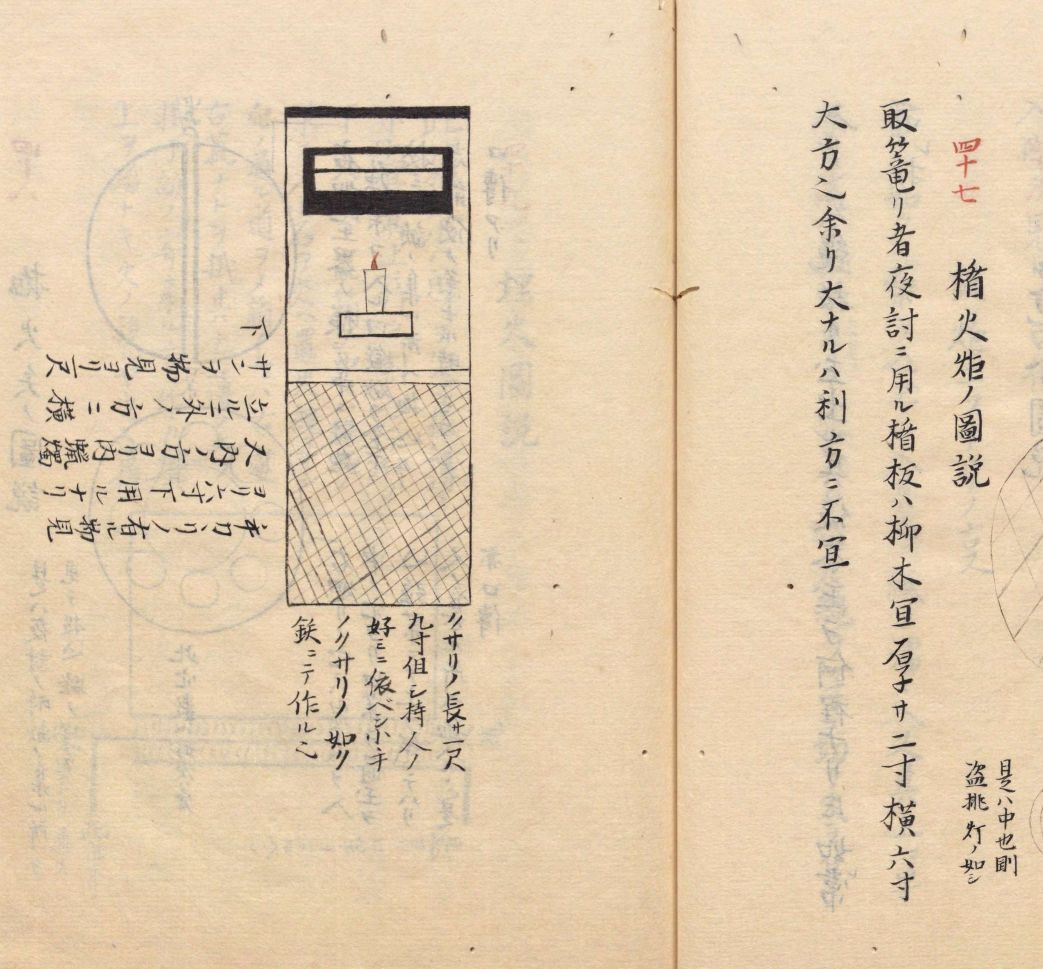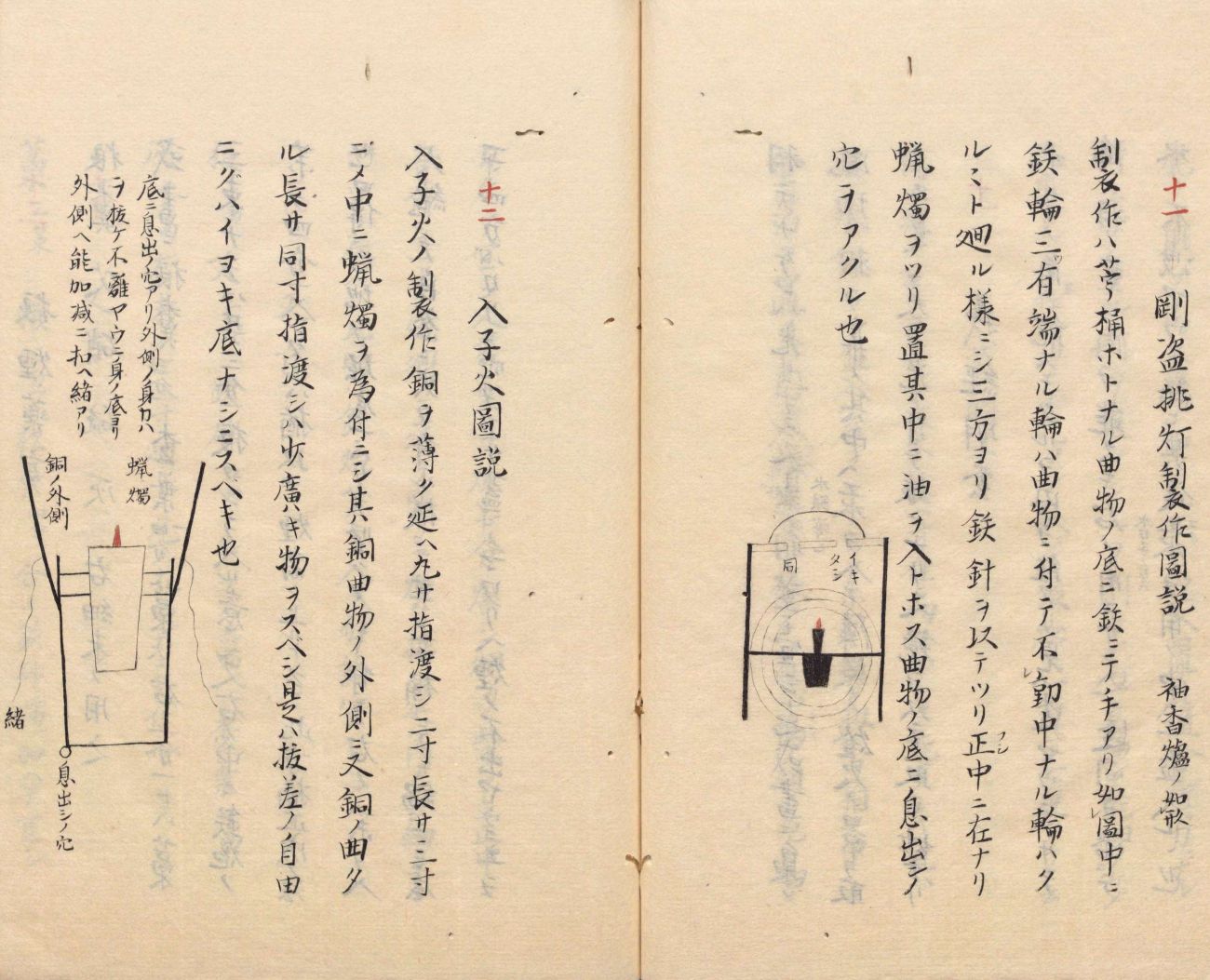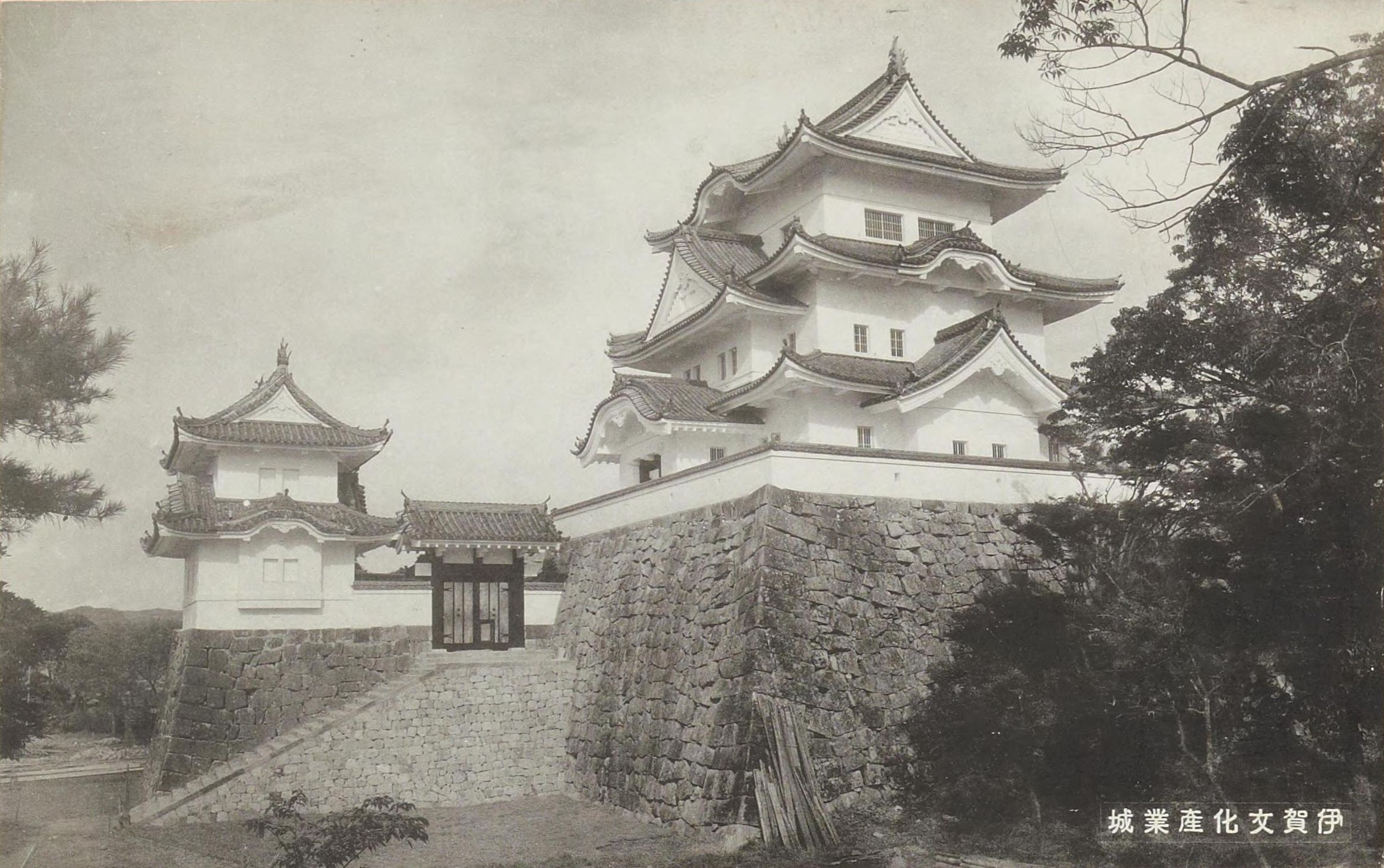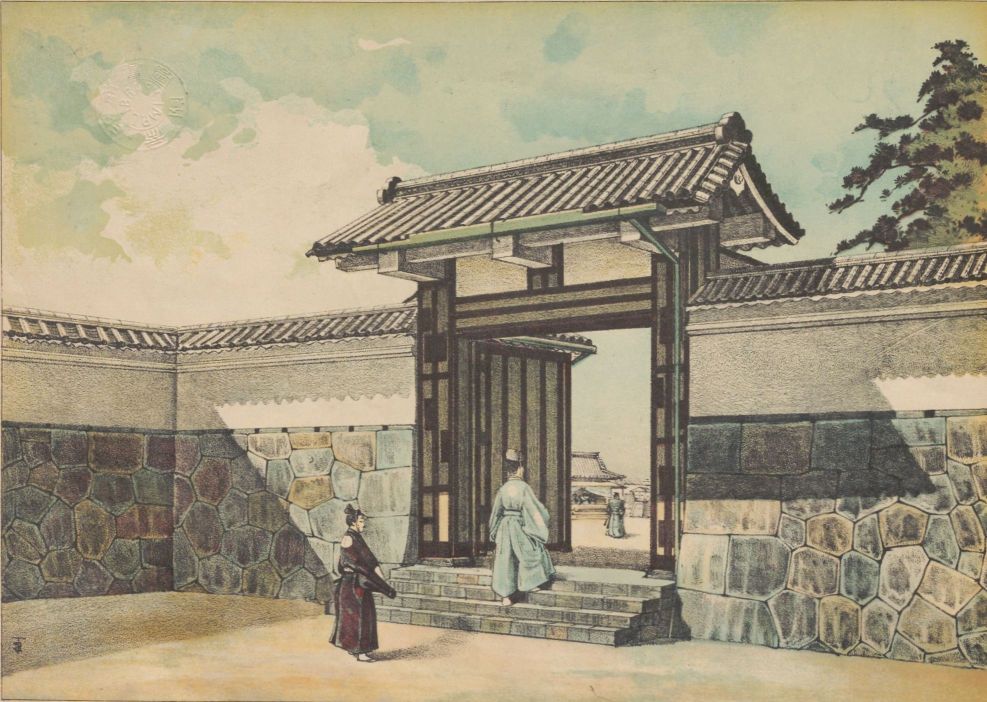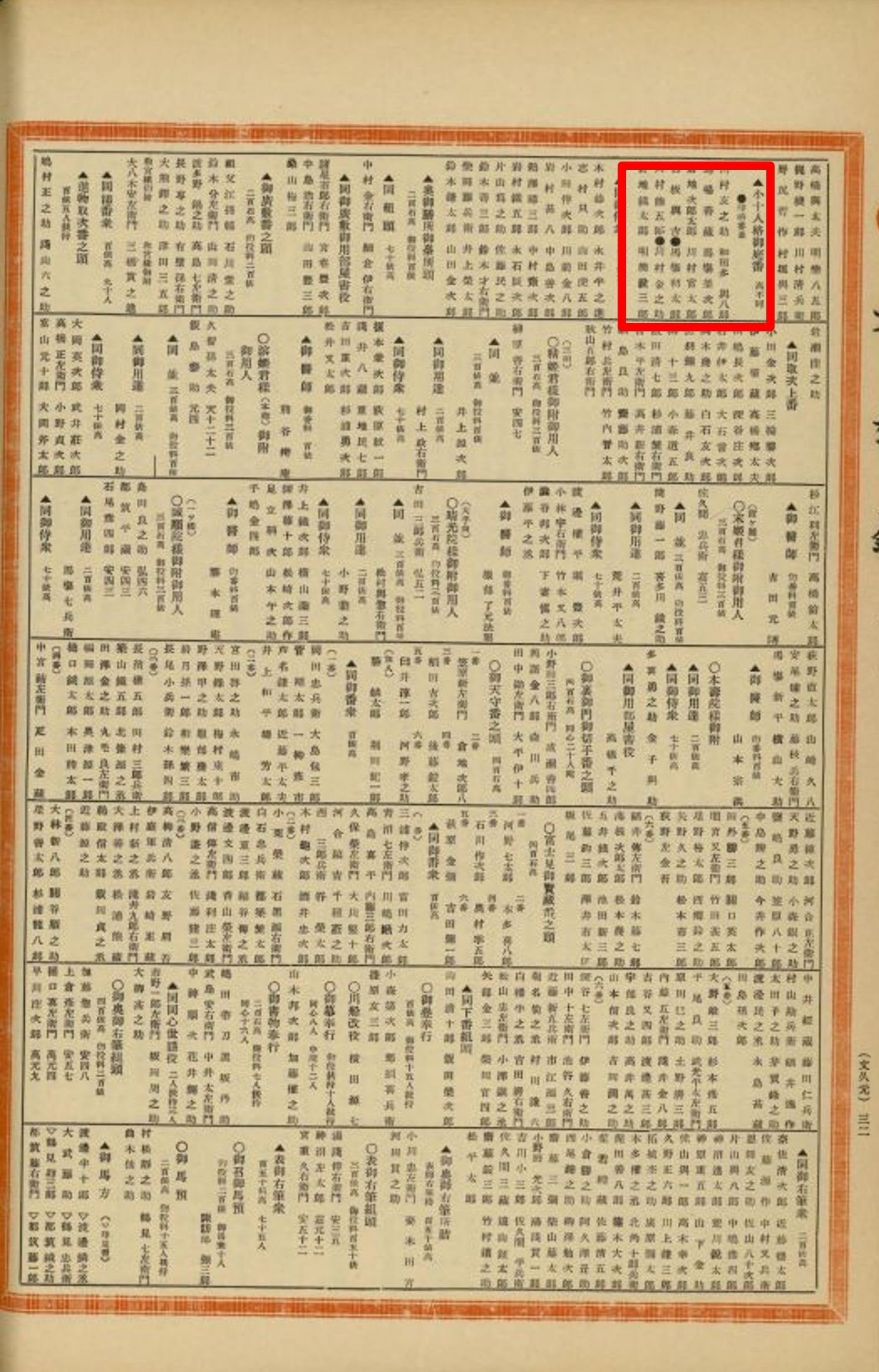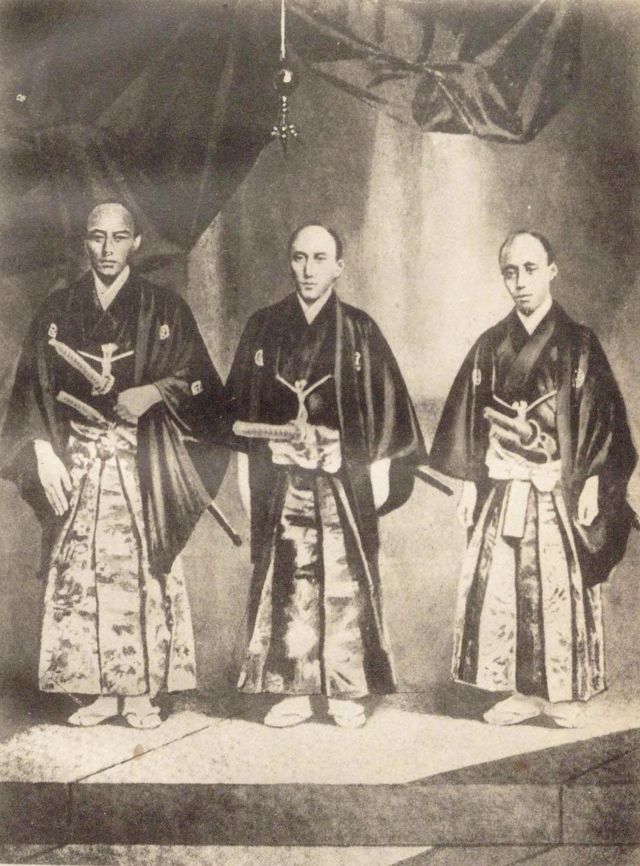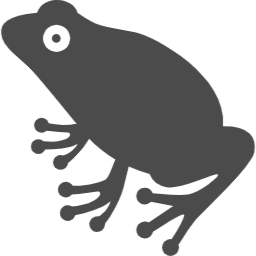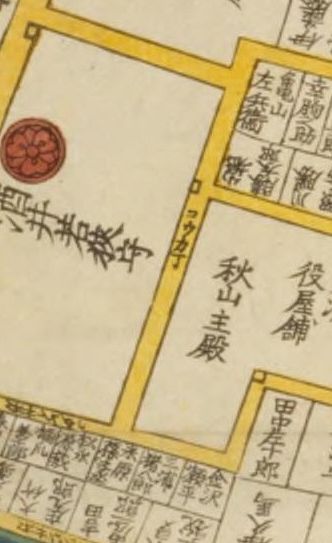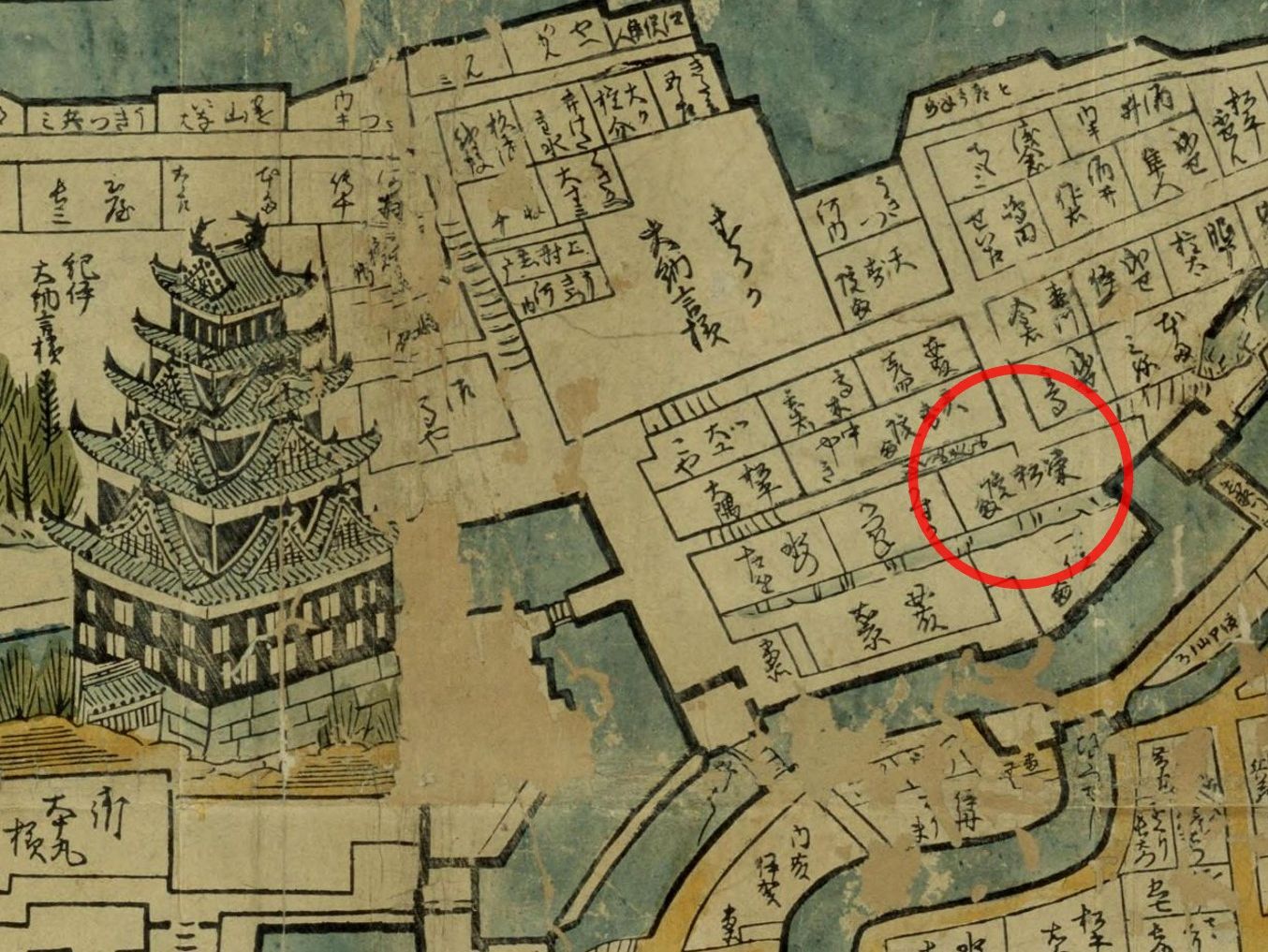- Kaleidoscope of Books
- NINJA: In Fiction and in Reality
- 2nd Scroll: Real Ninja - Tough and Impossible Missions!
- Introduction
- 1st Scroll: Ninja in the Entertainment World - Gorgeous Red Carpet
- 2nd Scroll: Real Ninja - Tough and Impossible Missions!
- 3rd Scroll: Difference between the entertainment ninja and the real ninja!
- Secret Scroll: Let's read ninjutsu books!
- Epilogue / Riddle Solution Scroll
- References
2nd Scroll: Real Ninja - Tough and Impossible Missions!
Hooray!! It looks like you have successfully mastered the first scroll. Now you know about ninja in the entertainment world. You guys are truly geniuses!
From now on, we will see how real ninja lived in the real world.
Origin and Naming of Ninja
When did ninja first appear in history? Descriptions of secret agents (i.e. spies) who infiltrate enemy territory and conduct espionage can be found in various documents from around the world since ancient times. Of these, the oldest record in Japan that clearly describes the activities of the ninja is the Taiheiki, written around the Oan era (1368-1375). In this record, there is a statement that "shinobi" set fire to Iwashimizu Hachiman Shrine. Furthermore, in the records of the Warring States period, such names as "kusa," "kamari," "suppa," and "rappa" are found. All of these refer to ninja. In fact, the familiar term "ninja" is a very recent designation that began to be used in the 1950s.
First of all, let's get a closer look at the real image of the ninja through these different names.
Shinobi
Shinobi is a term often used to refer to ninja. However, in the Kamakura period, it was not a term meaning secret agents but a term meaning acts of theft. This fact indicates that like ninja in the entertainment world, real ninja also hid and stole. Furthermore, the word "shinobi" introduced the existence of ninja to the world outside Japan long before the term ninja was used. There is a term "Xinobi" in a Japanese-Portuguese dictionary written by a missionary. The Korea Dynasties Fact Record also mentions that "時老未(Shinomi)" were living in Hakata.
Kusa, Kamari
These designations are closely related to the tactical behavior of the ninja. For example, in Houjougodaiki, "kusa (grass)" or "kamari (crouching)" appear as words meaning the act of collecting information or giving directions at night while lying in the grass. Their jobs were not only to hide and gather information. In some cases, they lured the enemy by pretending to be routed, and then another "kusa" popped out from behind the enemy's back to attack them from both sides.
Suppa, Rappa
"Suppa" means a liar with bad behavior and inconsistency in their words and actions. And "rappa" means to distract enemies by moving around noisily. These less positive terms for ninja were influenced by the fact that a certain number of the ninja of the Warring States period included bandits, robbers, and other outlaws.
The names listed above are only a small portion of the terms used to refer to ninja. From these names for ninja, which have been handed down since the Warring States period, we can see their violent and dangerous side as they hid in the shadows in an age of endless warfare.
Missions of the Ninja (Warring States Period)
What kind of missions did real ninja carry out?
First, the Warring States period can be said to be the period in which the ninja played the most diverse roles. In the Warring States period, feudal lords were always next to their enemies, and they sometimes gathered hundreds of ninja and gave them various missions in warfare. For example, ninja were in charge of undercover operations as mentioned to explain kusa above, as well as handling night-time security using bonfires and blocking supply lines with roadblocks.
They also infiltrated enemy territory and set it on fire, or infiltrated the enemy's castle and took advantage of the chaos to occupy the castle itself.
Some of these assignments required a high level of expertise and were naturally dangerous. Ninja were treated harshly when they were captured by the enemy. In other cases, ninja who hid behind enemy lines as kusa even froze to death on cold nights and were found dead the next morning.
The ninja's missions were not limited to operations commanded by rulers such as feudal lords. The people of Iga and Koka are particularly famous as ninja. They were self-governing, building their own communities independent of rule by the feudal lords. They sometimes repelled invasions from outside using guerrilla tactics such as ambushes, preemptive raids, and night raids.
Bansenshūkai describes over 200 types of fire implements. The first image is introduced as a shield used by the ninja during a night attack.
Missions of the Ninja (Edo Period)
In the Edo period (1603-1867), the work of the ninja changed significantly. The superior skills of the Iga and Koga ninja were widely known, and "Iga-mono" and "Koka-mono" became synonymous with ninja. In the Edo shogunate, the official position of "Iga-mono" was established, and they were succeeded by their descendants or others.
The Iga-mono's duties included acting as ohiroshikiban, who guarded the o-oku (inner palace), and akiyashikiban, who guarded residences that had lost their occupants due to house changes.
Some of the Koka-mono were organized as teppodoshin and guarded the three Otemon Gates of Edo Castle. These tasks were different from the covert actions of ninja in the Warring States period, and their role as ninja became merely superficial.
However, this does not mean that all ninja work disappeared. There are people who served feudal lords as ninja. In addition, the Edo shogunate also had the positions of kachimetsuke and kobitometsuke. They monitored hatamoto (shogunal retainers) and gokenin (low-ranking vassals), and sometimes conducted secret investigations under special orders from a roju (member of shogun's council of elders) or metsuke (supervisor).
However, when you think of Edo period ninja, you may first think of the Oniwaban (garden keepers).
TOKUGAWA Yoshimune, the eighth shogun from the Kishu Gosanke (one of the three major Tokugawa families), relied heavily on the Kishu clan samurai as his close associates. He also added kusurikomeyaku (originally a position to load ammunition into guns), who were in charge of covert missions in the Kishu Domain, to his retainers in the Edo shogunate. They later became the Oniwaban. The Oniwaban was an intelligence agency under the direct control of the shogun and continued until the end of the Edo period.
The Oniwaban normally worked at the Oniwabansho near the Honmaru keep of Edo Castle. In case of emergency, such as a fire, they would serve as messengers. In addition to such work, they were secretly dispatched to various places to obtain information from officials and the public. The results of their investigations were reported to the Shogun. According to records, for example, they were dispatched to investigate public sentiment during the Uchikowashi (destructive riots) of the Tenmei era and the movements of the Satsuma clan after the Sakuradamon Incident.
MURAGAKI Norimasa (left) was born into an Oniwaban family and served as an Oniwaban himself. He later became a gaikoku bugyo (foreign magistrate) and was active in diplomacy. For example, he went to the U.S. as a deputy of the delegation to the United States at the end of the Edo period.
Iga and Koka towns in old maps of Edo
Maps from the Edo period record the residential areas of Iga-mono and Koka-mono who served the shogunate. For example, in present-day Wakaba, Shinjuku-ku (near Yotsuya Station), there was an "Iga-cho (Iga town)" where Iga-mono lived. There is also a theory that the area marked "Koka-cho" in Kandaawajicho, Chiyoda-ku (near Shin-ochanomizu Station) was inhabited by Koka ninja.
When TOKUGAWA Ieyasu first settled in Edo, Iga-mono are said to have congregated and resided near the Hanzomon Gate of Edo Castle, but as time went on they became scattered throughout the city.
Iga-mono are said to have been highly valued for their loyalty to Ieyasu and were entrusted with guarding the shogun's private spaces, such as the O-oku (the inner palace). Other residences where records say Iga-mono served as guards can also be seen on the map.
The Obikuni Eishoinden former residence (shown on the map as "Eishoinden") was also guarded by Iga-mono
In Aoyama Gondahara (near the current Japan National Stadium), a firing range can be seen in addition to the residence of the Koka hyakuningumi (troop consisting of 100 soldiers) who served as teppo doshin (soldiers using firearms).

Next
3rd Scroll
Difference between the entertainment ninja
and the real ninja!


